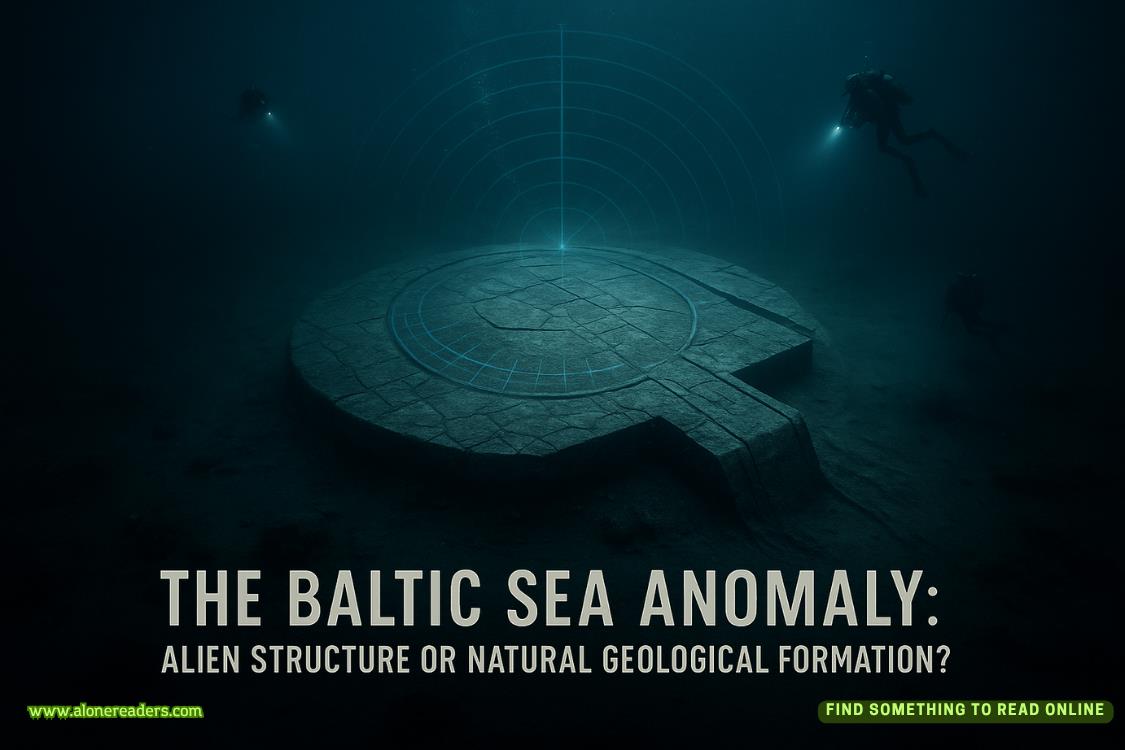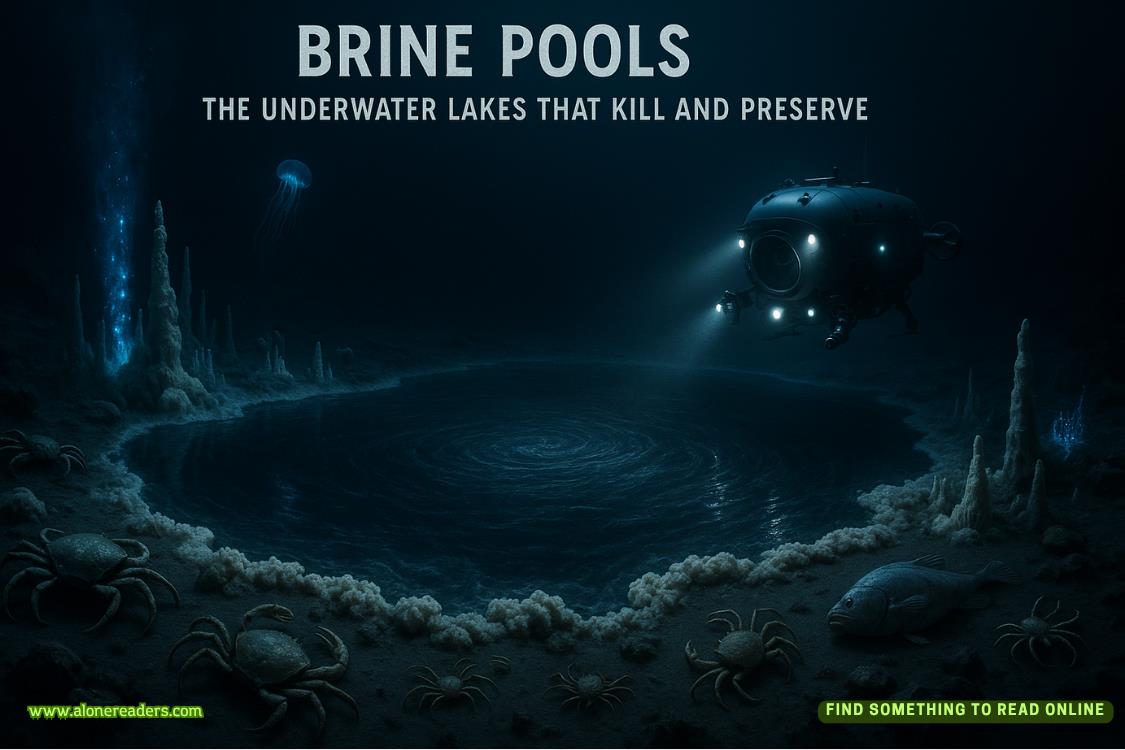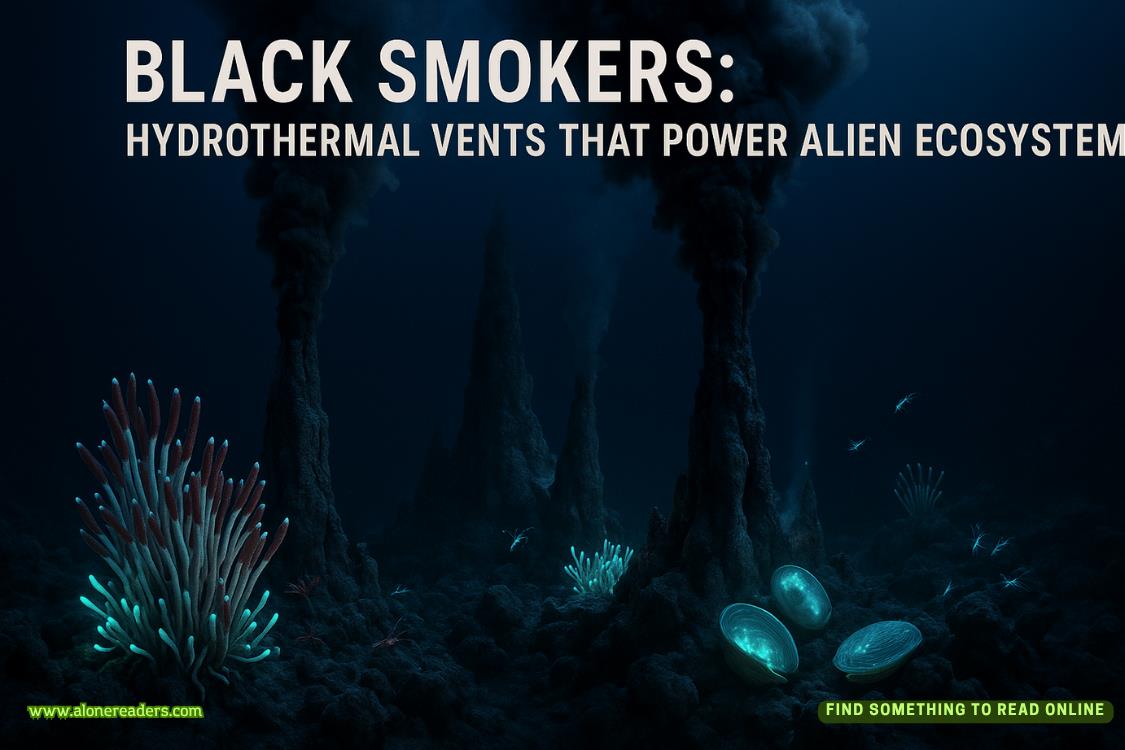Page 36 of Finding Love in the Clouds
As Sophie and Fernando boarded the ferry bound for Venice the next day, the morning sun painted the lagoon in shades of gold and pink, casting a serene glow over the water. Alicia, their ever-knowledgeable guide, turned to them with a smile after admiring the view. “Benvenuti a Venezia! Welcome to Venice,” she began, her voice carrying over the gentle hum of the ferry’s engines. “This city is a marvel of human ingenuity and resilience. Construction of what you see today and know as ‘Venice’ began in the 9thcentury. It is built on a network ofwooden pilings driven deep into the soft, marshy lagoon floor. That’s right, Venice is completely man-made. And… it’s sinking.”
If anyone wasn’t paying attention to her speech before, they certainly were now. As they approached the island city, Alicia pointed out a bustling scene on a nearby barge loaded with building materials, accompanied by a strategically positioned cement truck. “Venice faces a unique challenge,” Alicia continued, her tone both informative and reverent. “Its heavy stone structures, combined with natural subsidence and centuries of weight, contribute to the city’s gradual sinking. Between the sinking rate and sea level rise, Venice gets almost a quarter inch closer to the water each year. Scientists estimate that without major changes, a significant portion of Venice will be submerged by the end of this century. That means your great-grandchildren may be unable to walk the streets of Venice as you will be today.”
She gestured toward the busy workers on the barge. “Modern engineering techniques are crucial to counteract this sinking,” Alicia explained. “Engineers have deployed innovative solutions such as inserting airbags under the foundations of these ancient buildings. These airbags gently lift and support the structures, allowing for adjustments to mitigate subsidence effects. Ongoing restoration efforts also play a crucial role in stabilizing and preserving Venice’s architectural treasures.”
Alicia paused as the boat rocked from the wake of a passing water taxi. Then, with a brighter tone, she added, “Another fascinating aspect of Venice is its unique structure. The city is spread across 118 small islands, connected by over 400 bridges. You’ll notice there are no cars here; the canals and narrow streets are the lifelines of this city. Everything is done on foot or by boat, which adds to Venice’s charm and tranquility. So, get ready to step back in time and experiencea world where the pace is slower, and every corner holds a piece of history.”
Disembarking near the bustling Piazza San Marco, they were immediately enveloped in the grandeur of one of the world’s most iconic squares. The majestic St. Mark’s Basilica dominated their view, its Byzantine architecture adorned with domes and intricate arches. Alicia led them through the basilica’s entrance, where the cool interior welcomed them with the scent of ancient stone and incense.
Inside, they marveled at the undulating marble floors worn smooth by generations of pilgrims and tourists. Alicia’s voice resonated softly as she continued her tour, “The uneven floors are a testament to Venice’s shifting foundation, a challenge the basilica has gracefully withstood for centuries. Notice the 136 solid marble columns supporting the domes and ceilings, each a masterpiece of craftsmanship. The mosaics you see cover 8,000 square meters of interior space.”
Their eyes were drawn upward to the dazzling gold mosaics that adorned the ceilings and walls. Alicia pointed out the intricate scenes depicted in radiant hues. “These mosaics,” she explained, “depict biblical narratives and the life of Saint Mark, meticulously crafted from gold leaf and glass. They were designed to capture and reflect the sunlight, creating a celestial ambiance within this sacred space.”
Her gaze shifted to the stunning altarpiece ahead. “The Golden Altarpiece is crafted from gold and enamel and adorned with over 1,300 precious stones, including emeralds, sapphires, and pearls. The relics of St. Mark, housed here in the basilica, hold immense importance for the faithful and historians alike,” Alicia explained. “They are located in the Treasury, a sacred repository safeguarding invaluable treasures that attest to Venice’s rich cultural heritage. The basilica is meticulously monitored and maintained, with velvet ropes guiding visitorsto preserve the delicate mosaics and ensure the structural integrity of this architectural marvel for future generations.”
Sophie held firmly to Fernando’s arm as they navigated their way through the basilica.
“I don’t know how anyone with large feet can walk this path. The ground is so uneven I feel like I am walking in awkward high heels with my toes pointed straight down as my heel rests on a high hump. If a basketball player came in here, they would probably feel like they were walking on large stones with hollows under their arches. Without you here to stabilize me, I would need to look down at where I was walking instead of looking up at the grandeur around me,” she whispered softly for his ears alone.
“Look all you want; I won’t let you fall,” Fernando assured her, adjusting their position so his left arm stretched behind her back and she was tucked securely into the safety of his side.
Chapter Thirty-Four
The tour split up for the rest of the afternoon to explore Venice at their leisure. Fernando and Sophie strolled around the Piazzetta San Marco, listening to the live string quartet that played at one of the open-air cafés and the many people feeding pigeons in the square. They stopped in a hat shop, and Sophie insisted that Fernando add a navy blue fedora with a slate gray band and tiny red and blue feather to his disguise, as he had abandoned the baseball cap days earlier, saying it just wasn’t his style. Fernando still felt uncomfortable with a hat on his head, but this one felt more him, so he agreed. They hadn’t taken ten steps down the walkway when a gentleman said, “Nice hat,” as he walked by, so his confidence was boosted sufficiently to proceed.
Before long, they arrived outside the Murano Glass Company and were stunned by the beauty of the hand-made pieces lining the walls on glass shelves and in lit displays. Elaborate chandeliers hung overhead with price tags that took Sophie’s breath away.
“Fernando, do you see that chandelier with the blue irises? It’s like a giant flower bouquet hanging from the ceiling! I have never seen anything like it,” Sophie whispered in his ear, trying not to be obvious in her astonishment but overwhelmed by the sights before her.
“Did you notice the Regio Candido chandelier hanging over there?” he asked, pointing to a snow-white and clear chandelier that showcased the meticulous craftmanship required to create its exquisite design.
“It looks like something that belongs in Elsa’s ice palace in the movieFrozen,” Sophie marveled, her eyes wide with wonder. “The transparent curlicues jutting out of the top of the white drip pans, holding the flame-like bulbs, are so intricate. The arms at the bottom resemble scaly white ice tentacles from one of her monsters, but the arms at the top are like elegant candlesticks, slender and refined. Their smooth, elongated bodies taper gracefully to narrow bases, with delicate curves and subtle contours giving them an almost ethereal quality. The glass pendants dangling off the edges look like melting icicles. It’s so elegant it almost hurts to look at it. I can’t imagine owning one of those. It looks so delicate, like it will shatter into a million little ice crystals and disappear on the wind with the slightest touch.”
“Are you sure you’re not the writer in this relationship? Perhaps we should change your title and find me a replacement assistant. I hear there is an opening in your romance division,” he jested.
She sighed as she continued looking up at the various chandeliers, her voice soft and whispery, skirting gently along his nerve endings, “You wish you could replace me. As for writing, I wouldn’t want to risk damaging your ego further by making it to the top of the charts like Sarah.”
Sophie didn’t notice the firm grasp she maintained on Fernando’s arm as they continued wandering through the shop, her headfrequently tipped back to view the masterpieces floating over her head. He, however, noticed the effect it was having on him. Her closeness was warming him from the inside out and solidifying his plans.
“Time to move on. I saw they have a glassblowing demonstration. Are you in?” he asked, turning them toward the large window showing a factory floor where craftsmen were busy creating ornately designed glass pieces.
“Yes, of course! That would be amazing!” Sophie said excitedly, hugging his bicep even more tightly.
Fernando took care of the arrangements while Sophie circled the shop once more, looking over the items displayed on the walls. Everything was out of her price range, and she couldn’t imagine any of them in her home, but they were stunning to look at. She could see one or two pieces looking at home on the entrance table, impressing guests who stepped off the elevator onto the executive floor. Large bouquets of fresh flowers were delivered daily, but these glass masterpieces didn’t require floral sacrifices to show off their beauty.
“All set. Let’s head inside,” Fernando whispered softly as he claimed her hand and led her to the door where a seasoned craftsman stood waiting for them.
“Buon pomeriggio! I am Imperio,” he greeted, opening the door and sweeping his arm inside to welcome them to the glassblowing floor. “This is where the magic happens.”
The glassmaker, an elderly man with twinkling eyes and hands weathered by years of work, began the demonstration. “Murano glass has been crafted here for centuries,” he explained. “The techniques we use today have been passed down through generations, each piece unique and filled with history. I am a fourth-generation Murano master right here in Venezia. You could say that glass runs in my veins.”
He gestured to a table with various ingredients laid out. “Fernando, I was told today you will be making a special vase. We will start with the color. To achieve the vibrant purple you requested, we must add manganese dioxide to the molten glass. Manganese dioxide is what gives it that deep, rich hue.”
Fernando approached the table and carefully mixed the manganese dioxide into the molten glass, following the craftsman’s guidance. “This mixture must be heated to about 2,500 degrees Fahrenheit to become molten, and it cools as we work, so we must be fast and efficient to get the desired design,” Imperio instructed, guiding Fernando to the furnace.
After the glass was well mixed to create the purple coloring, the craftsman dipped a long hollow pipe into the mixture, picking it up and removing it from the heat before handing it to Fernando. “Blow gently into the pipe to create a bubble in the glass. This will form the base of your vase.” An apprentice modeled this step for him. Fernando followed the instructions, his cheeks puffing as he blew into the pipe, watching in awe as the glass began to expand.
“Now, we shape it,” the craftsman said, guiding Fernando to a marver, a flat metal surface used for shaping. “We will roll the glass on the marver to create an even shape, then use these tongs to pinch the bottom and form the rounded belly.”















